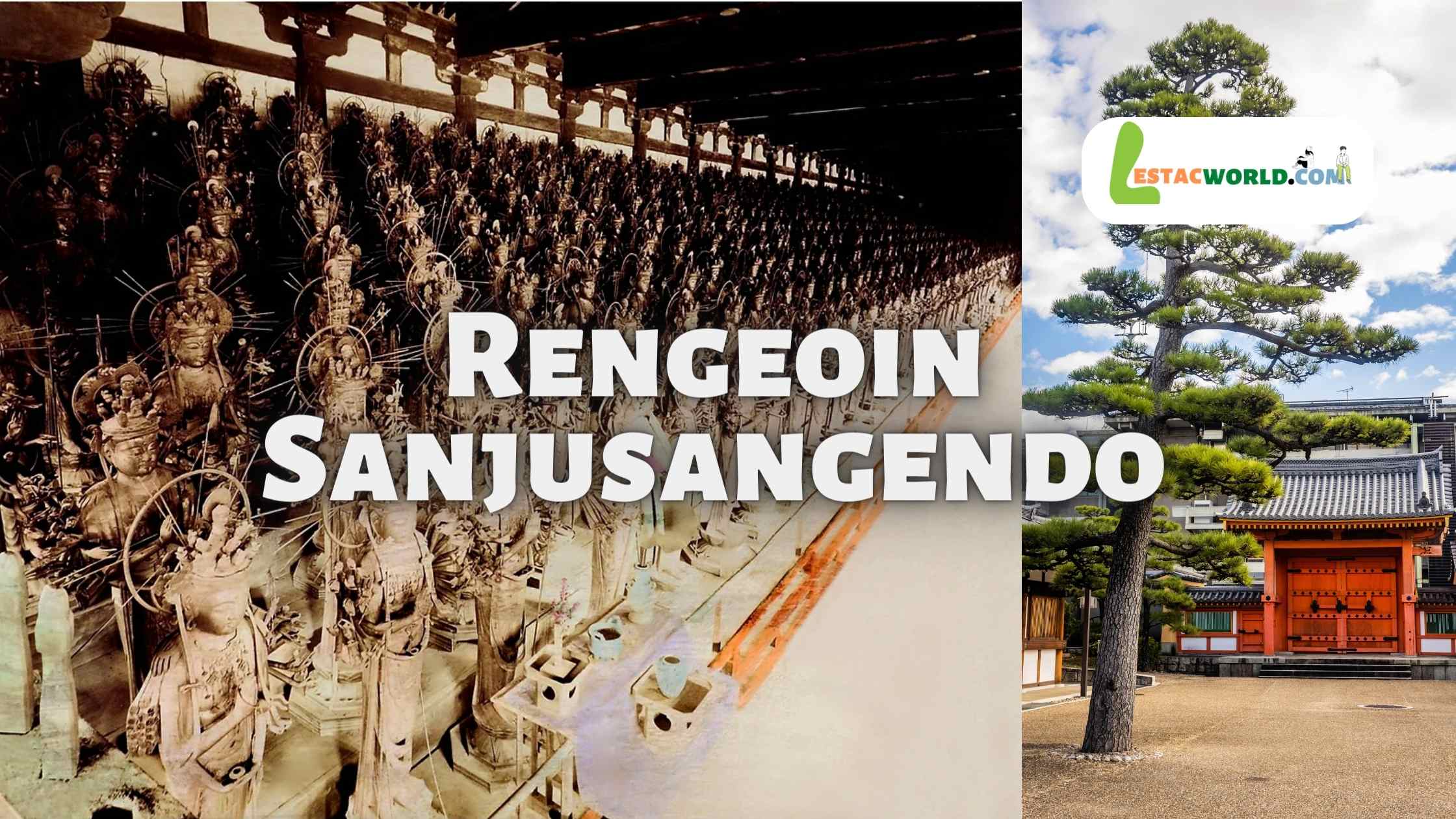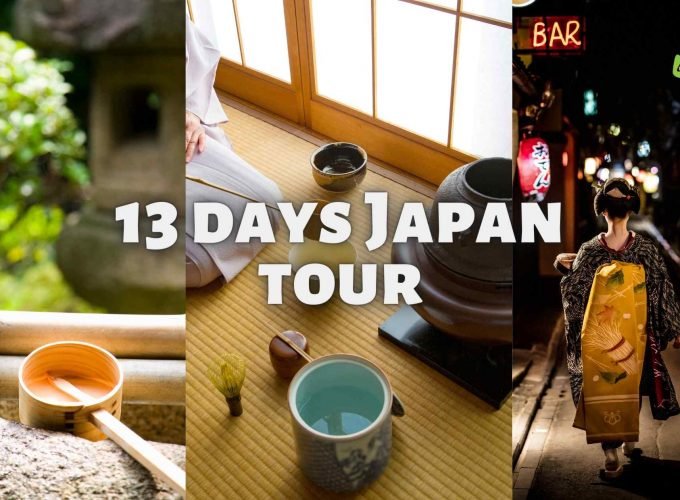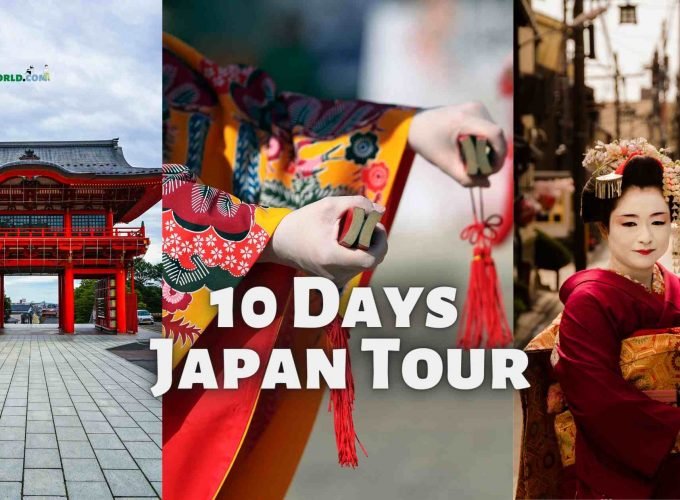About Rengeoin Sanjusangendo
There is a Buddhist temple known as Rengeoin Sanjusangendo that may be found in Kyoto, Japan. It is well-known for its expansive hall made of wood, which is called the Sanjusangendo Hall, and is considered to be one of the largest wooden buildings in Japan. Additionally, the temple is well-known for the numerous bronze statues of the Buddhist deity Kannon that can be found inside its grounds. These statues are regarded as some of the most outstanding specimens of Japanese Buddhist art.
The illustrious Japanese priest Hnen is credited with establishing Rengeoin Sanjusangendo in the 12th century, which marks the beginning of the organization’s recorded existence. Throughout the course of several centuries, the temple has been extensively renovated and enlarged, as well as demolished and reconstructed on multiple occasions. Rengeoin Sanjusangendo is currently one of the most popular tourist places in Kyoto. It draws guests from all over the world who come to view its stunning architecture, tranquil grounds, and extensive cultural history.
The Sanjusangendo Hall, which is home to 1001 bronze sculptures of Kannon, the Buddhist deity of mercy, compassion, and wisdom, is one of the highlights of a visit to Rengeoin Sanjusangendo. The Sanjusangendo Hall is also one of the attractions of a visit to Rengeoin Sanjusangendo. The hall is well-known not just for its stunning architecture but also for its detailed carvings, which are regarded as some of the most outstanding specimens of traditional Japanese temple design. The grounds of the temple, which include a gorgeous garden as well as several smaller temples and shrines, can be explored by guests, and doing so is highly recommended.
Rengeoin Sanjusangendo is a location in Kyoto that you absolutely must go to if you have any interest in the past, a passion for art, or are just searching for a serene retreat from the frenetic pace of modern life. The temple is sure to leave a long-lasting impression on visitors of all ages and walks of life due to its extensive history, stunning architecture, and peaceful surroundings.
History of Rengeoin Sanjusangendo
Rengeoin Sanjusangendo is a Buddhist temple that can be found in Kyoto, Japan. It has a long history that dates back more than 800 years and is full of interesting and important events.
In the 12th century, the revered Japanese priest Hnen, who is also credited with establishing the Jodo-shu school of Buddhism, established the temple that still bears his name. The temple was known as Rokuharamitsu-ji Temple back then, and it was situated in the exact same area as it is now.
Over the course of several centuries, the temple underwent a large number of repairs and extensions. Additionally, the temple was torn down and reconstructed multiple times as a result of conflicts, fires, and other natural calamities. Throughout the entirety of Japanese history, despite these obstacles, the temple maintained its status as a significant center of Buddhist prayer and culture.
The well-known Japanese artist Hidari Jingoro was responsible for the temple’s expansion and renovation in the 17th century. During this time, the artist adorned the inside and outside of the temple with a wide variety of exquisite carvings and sculptures. This restoration is regarded as one of the most significant events in the history of the temple, and it was a significant factor in the establishment of the temple’s reputation as one of the most beautiful and significant temples in Kyoto.
Rengeoin Sanjusangendo is currently one of the most popular tourist places in Kyoto. It draws guests from all over the world who come to view its stunning architecture, tranquil grounds, and extensive cultural history. The temple has a rich and eventful past, and it continues to play an important part in the spiritual and cultural life of Kyoto and Japan as a whole.
How to reach Rengeoin Sanjusangendo
The Rengeoin Sanjusangendo is located in the eastern region of Kyoto, Japan, and is quite convenient to reach by using the public transit system. Getting to the temple can be done in a few different ways, including the following:
By Train: If you are traveling by train, the Sangeoin Sanjusangendo-mae Station on the Kyoto City Bus No. 205 is the train station that is located the closest to Rengeoin Sanjusangendo. The temple can be reached on foot in a very short amount of time from there. You also have the option of taking the Keihan Railway Line to the Gion-Shijo Station, which is located approximately a fifteen-minute walk away from the temple.
By Bus: Take the City Bus No. 205 from Kyoto Station to the Sanjusangendo-mae stop if you are traveling by public transportation and coming from the station. The temple can be reached quickly and easily using this bus route, which travels there regularly.
By Taxi: If you prefer not to drive, another way to get to Rengeoin Sanjusangendo is to take a taxi. Taking a taxi from Kyoto Station will take approximately 15-20 minutes, and the fare will be approximately 1,500 yen.
You should be sure to give plenty of time for your visit to the temple, since there is a lot to see and investigate there. Getting there can be done in a number of different ways. Rengeoin Sanjusangendo is a location in Kyoto that you absolutely must go to if you have any interest in the past, a passion for art, or are just searching for a serene retreat from the frenetic pace of modern life.
Do's and Dont's at Rengeoin Sanjusangendo
When visiting Rengeoin Sanjusangendo, it’s important to follow a few basic guidelines in order to show respect for the temple and its visitors. Here are some of the do’s and don’ts to keep in mind:
Do’s:
- Dress appropriately: Visitors should dress modestly and cover their shoulders and legs. Shoes must be removed before entering the main temple building.
- Be quiet: The temple is a place of peace and reflection, so visitors should keep noise to a minimum.
- Take photos: Visitors are welcome to take photos, but be mindful of others and don’t use flash or tripods.
- Buy incense: Incense sticks can be purchased at the temple and offer a way for visitors to show respect to the gods.
- Bow: When entering the main temple building, visitors should bow in respect to the gods.
Don’ts:
- Touch the sculptures: Visitors should not touch the sculptures or other artwork in the temple.
- Eat or drink: Eating or drinking is not allowed in the main temple building.
- Use your cell phone: Using a cell phone inside the temple is considered disrespectful and is not allowed.
- Run or play: Running or playing inside the temple is not allowed and can be disruptive to other visitors.
By following these simple guidelines, visitors can help to maintain the peace and serenity of Rengeoin Sanjusangendo and ensure a meaningful and enjoyable visit for everyone.
Highlights of Rengeoin Sanjusangendo
One of the most well-known and majestic temples in Kyoto, Rengeoin Sanjusangendo is home to a long and eventful history as well as other unique attractions. The following are some of the highlights of your trip that you won’t want to miss out on:
The Main Hall: The temple’s main hall is one of its defining features, as it is home to 1001 sculptures of Kannon, the goddess of mercy. Awe-inspiring and not to be missed, the sight of the sculptures lined up in rows along the walls creates a magnificent display that is not to be missed.
The Architecture: The Temple is a Wonderful Example of Traditional Japanese Architecture: It Has a Thatched Roof and Elegant Wooden Beams The temple itself is a stunning example of traditional Japanese architecture. The beauty of the temple as well as the builders’ careful attention to detail will be appreciated by everyone who visit it.
The Garden: The grounds of the temple are home to a gorgeous garden that includes a pond, a waterfall, and a wide variety of trees, plants, and other flora and fauna. The garden is open for guests to wander through while they take in the calm and stillness of the temple grounds.
The History:The history of Rengeoin Sanjusangendo is long and eventful, beginning in the 13th century. It is a past that is both fascinating and enlightening. Visitors get the opportunity to gain knowledge regarding the history of the temple as well as the part it has played in the development of Kyoto and Japan.
The Art: The Temple is Home to a Wide Variety of Works of Art The temple is home to a wide variety of works of art, including paintings, calligraphy, and carvings in addition to the sculptures of Kannon. The beauty and craftsmanship demonstrated in these pieces will be appreciated by everyone who come to view them.
Overall, Rengeoin Sanjusangendo is a site in Kyoto that should not be missed since it provides a singular combination of history, beauty, and spirituality. This spectacular temple is likely to leave an impression and motivate visitors of all experience levels, whether they are here for the first time or have traveled extensively in the past.






Comment (0)